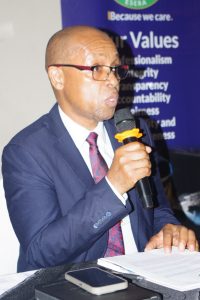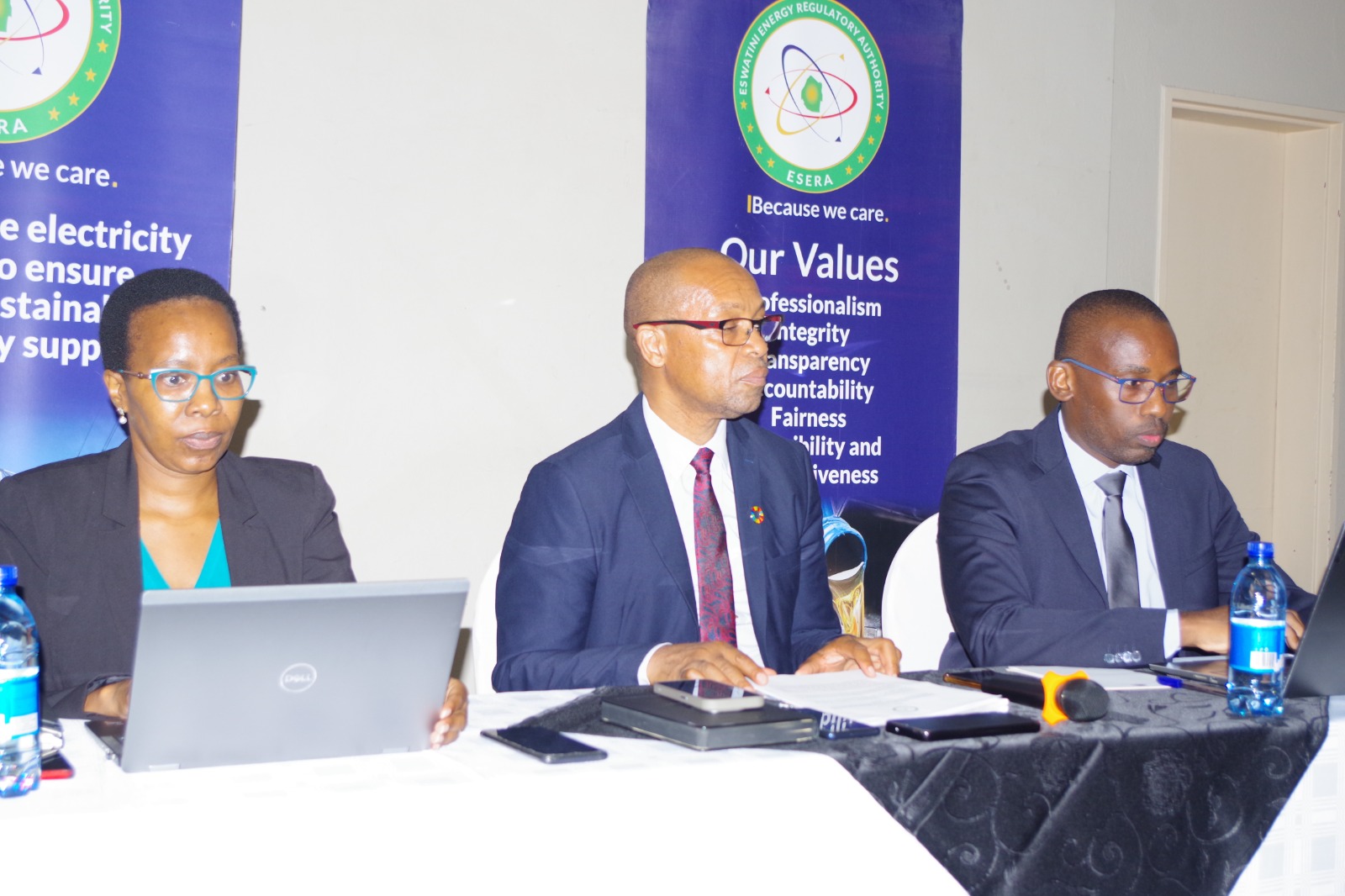by Bahle Gama
The Eswatini Energy Regulatory Authority (ESERA) has approved a 14.1 per cent electricity tariff hike following a reviewed tariff application from the Eswatini Electricity Company (EEC), which was submitted on November 1, 2024.
This decision will now see domestic consumers purchasing 38 units for E100. This decision pertains to the EEC’s sixth multi-year price determination period revenue application for the financial years 2025/26 and 2026/27.
This tariff hike follows a series of periodic electricity adjustments, primarily driven by rising operational costs, fluctuations in power import rates, and infrastructure development needs.
RELATED: ESERA Upholds Independent Decision-Making in Tariff Reviews
In previous years, ESERA has had to balance consumer affordability with the financial sustainability of the EEC, especially considering Eswatini’s reliance on power imports from Eskom in South Africa.
The last major tariff increase was in 2023, when ESERA approved a 13.7 per cent hike, citing similar reasons, including rising Eskom tariffs and the need to recover regulatory costs.
Speaking during a press conference, ESERA CEO Skhumbuzo Tsabedze stated that the tariff application was reviewed in accordance with the provisions of the Energy Regulatory Act, 2007, the Electricity Act, 2007, the Tariff Methodology, 2011, and other relevant regulatory tools to ensure compliance and fairness.
Tsabedze said the authority considered stakeholder comments and input submitted during the intensive engagements held around the country.
“The authority also received several written submissions that added considerable value to the quality of our review,” he said.
The CEO said during the engagements, the public showed an extensive appetite and concern towards the increases or tariff reviews.
The common call raised by consumers was that affordability is a threat.
They raised the EEC’s continuous dependence on tariff increases, called for ESERA to increase local generation capacity, and advised on prudent spending by the EEC.
Further, a detailed economic analysis was also done.
“It is important to highlight that in arriving at this decision, the authority considers the most recent decision which has been made by NERSA, where power is procured.
You will note that the proposed application by EEC was 20 per cent, however at the time, the figures were unavailable, and the regulator had to wait,” he said.
In its application, the EEC initially requested a revenue requirement of E4.2 billion for the financial year 2025/26 and E4.57 billion for the financial year 2026/27.
This translated to an average tariff increase of 25.51 per cent for 2025/26 and 27.06 per cent for 2026/27, excluding the Rural Electrification Access Fund levy and VAT.

However, following an initial review, ESERA identified several errors in EEC’s application. Once these errors were corrected, the revised revenue requirement increased to E4.46 billion for 2025/26 and E4.8 billion for 2026/27. Consequently,
the adjusted tariff increase now stands at 25.99 per cent for 2025/26 and 31.90 per cent for 2026/27, excluding additional levies and VAT.
The regulatory authority conducted a detailed technical and economic analysis before making its determination. This analysis included power import escalation rates,
in that notably, the NERSA-approved Eskom tariff increase of 12.74 per cent for FY2025/26 and 5.36 per cent for FY2026/27,
along with additional percentage increases per the Power Purchase Agreement (PPA) between EEC and Eskom.
RELATED: ESERA records E49.23 million income
Also, regulatory clearing account balances in that ESERA approved an under-recovery of E80.75 million for FY2022/23 and an over-recovery of E51.1 million for FY2023/24, and depreciation recoveries in that between 2014/15 and 2020/21, recoveries amounting to E255.1 million will be refunded to consumers.
To ensure transparency, a detailed tariff order including all technical analyses, stakeholder submissions, and approval conditions—will be made available on the ESERA website.
Consumers will experience a direct impact on their electricity purchasing power. A breakdown indicates that for E100, currently, a domestic consumer receives 43 units and once the hike is effective, they will receive approximately 38 electricity units, and businesses about 32 units.
As the energy sector continues to evolve, ESERA’s decision reflects the ongoing challenge of maintaining a stable power supply while ensuring tariffs remain fair and justifiable to consumers.
Further engagements between ESERA, EEC, and stakeholders are expected as the new tariffs take effect.
When sought for comment, Business Eswatini CEO Nathi Dlamini said “Business Eswatini is studying the ESERA’s ruling and will issue a statement in due course.”
This is how much E100 buys for a consumer:


